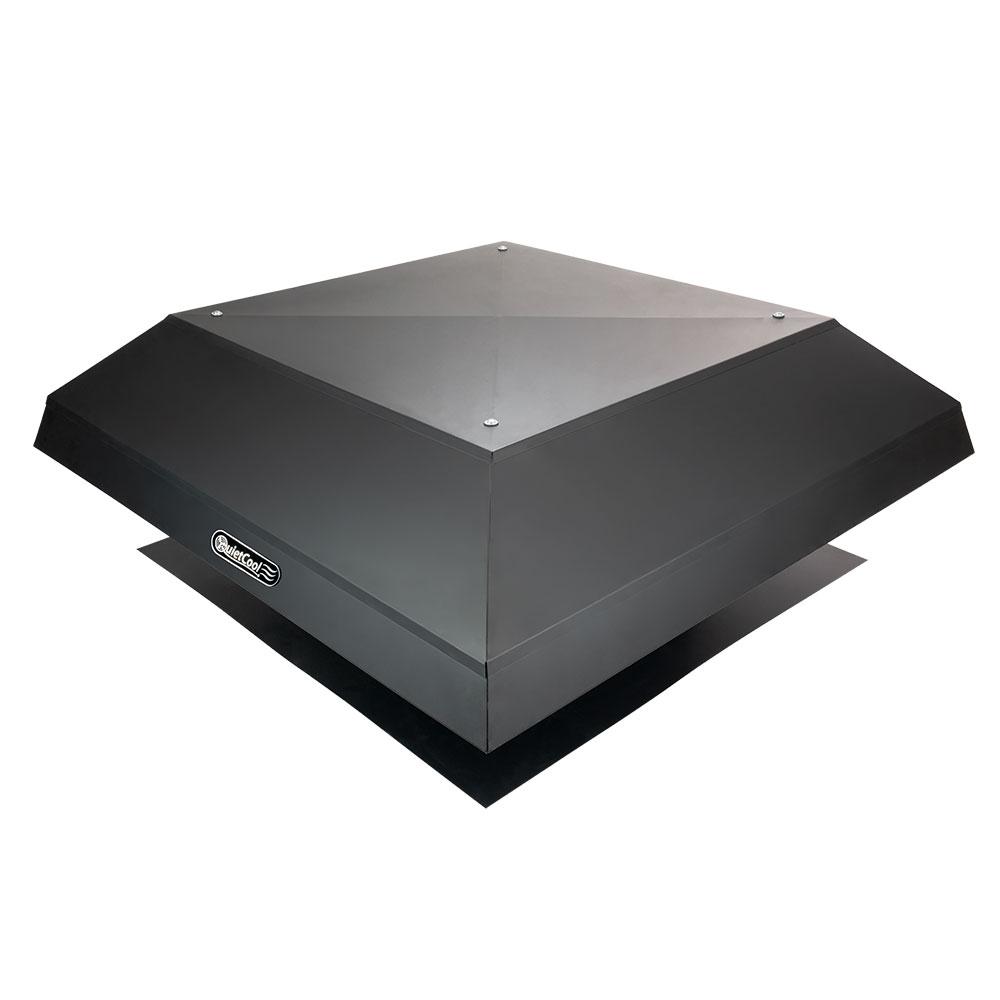Dangers of too much ventilation.
How much roof venting for 6000 cfm house fan.
So at 3000 cfm you ll want six square feet of venting.
The higher the cfm the more venting area is required to keep the system working efficiently.
Here is an example.
Roofing resources during covid 19 for contractors for homeowners.
Having an understanding of this makes choosing the correct fan size for your home an easier process.
Use only soffit vents as fresh air intakes for powered attic ventilators.
Attic x 0 7 700 cfm minimum fan rating.
To calculate the total minimum soffit vent intake area in square inches divide the cfm of the pav by 300 and multiply the result by 144.
This is telling you that you would need 6 32 square feet of net free venting to properly ventilate all the air you are pulling in.
Understanding whole house fan cfm.
A minimum of one square foot of inlet area for every 300 cfm of hvi certified fan capacity is required for proper fan operation.
This will give you the amount of net free venting in square feet required for the fan you select.
Attic vent fans are commonly rated from 800 to 1 600 cfm making one fans suitable for attics of up to around 2 200 square feet.
With a power switch or a thermostat installation an attic fan can be turned on to let hot air from the attic out.
This is important because air like water takes the path of least resistance.
The federal housing administration recommends 1 square foot of attic ventilation for every 150 square feet of attic space.
A rule of thumb is you should have one square foot of net free venting area for every 500 cfm of airflow.
Take the total cubic feet per minute of air flow cfm of the fan and divide by 750 2.
If you divide that by 750 you get the number 6 32.
A wind turbine catches the wind and spins a fan which pulls hot air outside.
Building codes typically echo the administration s guidelines.
To simplify this you can only bring in as much as you can take out.
Add an additional 20 cfm x 1 20 if you have a steep roof and 15 cfm x 1 15 for a dark roof.
Whole house and attic fans are also capable of pulling carbon monoxide back into the home through a damaged flue.
The 537 cfm fan is capable of moving plenty of air.
The two main dangers associated with too much ventilation involve roof damage and increased utility bills.
Cubic feet per minute or cfm is the amount of cubic feet of air per minute the fan moves.

